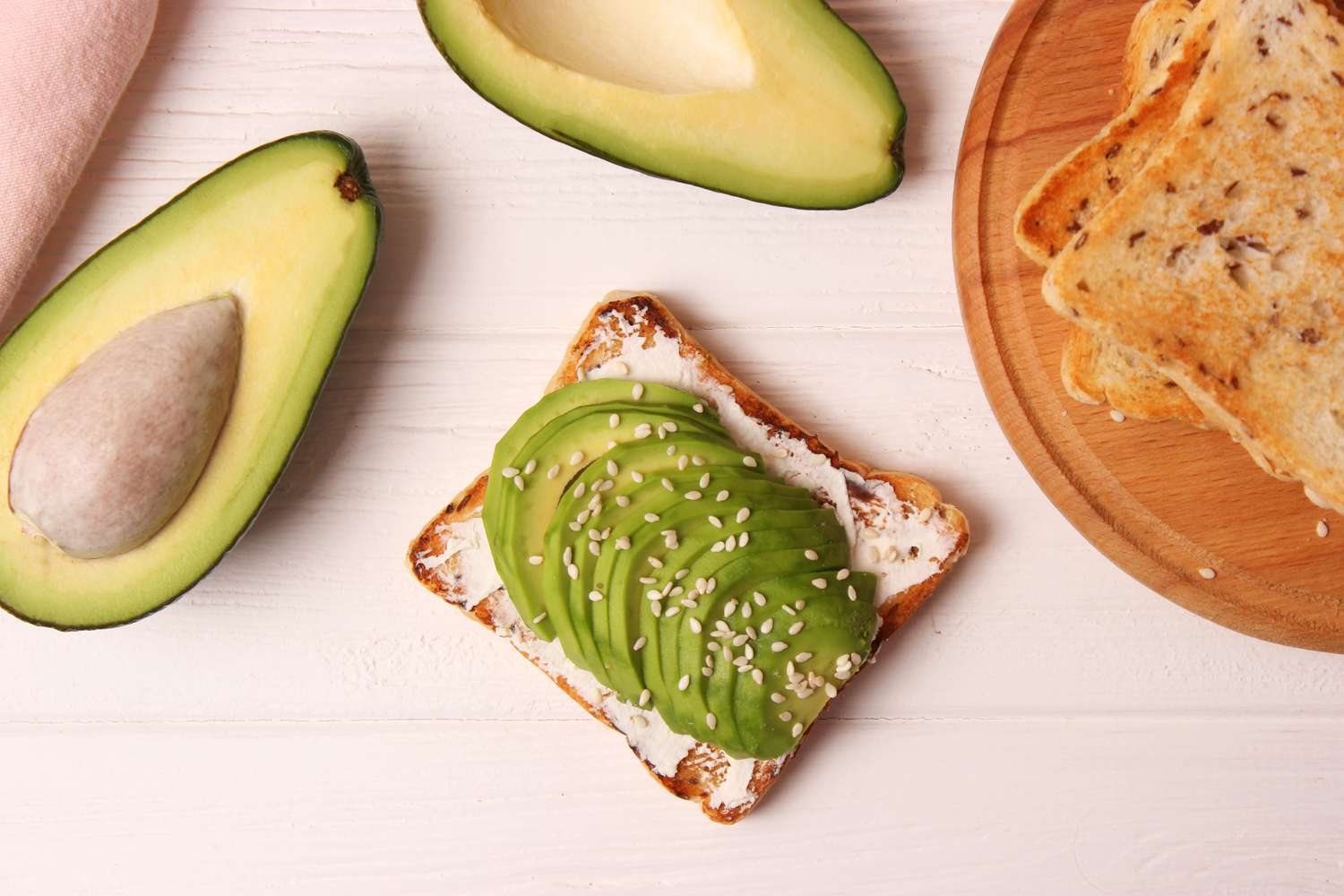
When it comes to snacking, there are approximately one zillion options available, from a simple piece of fruit to a store-bought protein bar to a handful of pretzels, and everything else in between. But, choose poorly and you’re likely to be hungry again in an hour or so and scrounging around for something else to nibble on. I speak from experience and wanted to know, what are the best healthy snack options for optimal nutrition and staving off hunger until the next meal rolls around?
In her cookbook So Easy So Good: Delicious Recipes and Expert Tips for Balanced Eating, registered dietitian Kylie Sakaida shares a simple system for healthy noshing that checks both of those boxes. I’ve dubbed it the Mix-and-Match Method, and it really is so clarifying.
How the Mix-and-Match Method Works
Start by thinking of the three major food groups:
- High-fiber carbohydrates – These are your body’s most efficient source of energy and help promote mental alertness. Examples include fruit (fresh and dried), vegetables, popcorn, oatmeal, and whole grain crackers, breads, and cereals.
- Protein – This nutrient helps keep you satisfied between meals. Reach for things like beans, lentils, cottage cheese, yogurt, soy milk, hard-boiled eggs, tinned fish, or poultry.
- Healthy fats – These also help keep you full and unlock fat-soluble vitamins like A, D, E, and K. Look for avocado, cheese, seeds, nuts, or nut butter.
Then, instead of choosing a food from just one of these categories, combine foods from two. Pairing ingredients from at least two categories helps create a more balanced, satisfying snack, says Sakaida. “While protein is important, adding fiber or healthy fats slows down digestion and keeps you full for longer. This combo helps stabilize blood sugar, prevents energy crashes, and reduces the urge to keep snacking mindlessly.” Similarly, adding healthy fats to a snack of high-fiber carbs helps make the energy you get from the carbs last longer.
Pairing two ingredients together can also add something else important to your snack: great taste! Mixing flavors and textures makes a snack more enjoyable to eat, and let’s face it, that’s important too.
Mix-and-Match Snack Examples
I asked Sakaida for a few of her favorite 2-category snack combos, and here’s what she said:
- A classic: apple slices + peanut butter (fiber + fat)
- Whole grain cereal and milk (fiber + protein)
- Popcorn + roasted chickpeas (fiber + protein)
- Whole grain crackers + tuna (fiber + protein)
Personally, I gravitate towards sweet snacks so I was eager to get her insights on whether this strategy could also satisfy my sweet tooth. Absolutely, Sakaida said. “Sweet snacks can still be balanced.” She offered these examples:
- Dates stuffed with peanut butter (fiber + fat)
- Plain Greek yogurt with a drizzle of honey and berries (protein + fiber)
- Banana + almond butter (fiber + fat)
- Cottage cheese + pineapple or peaches (protein + fiber)
Whether you’re hankering for sweet or savory, you can use the Mix-and-Match Method to create endless snack combinations. You can either make your own lists of foods in these categories or refer to the chart in So Easy So Good. Then mix and match with abandon!
Setting Yourself Up for Success
Since these snacks might take a bit more effort than just scarfing down a yogurt, Sakaida suggests designating a spot in the pantry or fridge for your favorite two-category duos, putting them together ahead of time when possible. “Instead of only stocking raw ingredients, pair them into combos, like containers of hummus and veggie sticks or cheese and fruit. You’ll be less tempted to default to single-category snacks like chips or a granola bar!”
In the end, remember that this strategy isn’t about being rigid, Sakaida says. “It’s a super simple, flexible way to think about healthy snacks that leave you actually feeling full. Once you get the hang of it, you’ll probably find your own favorite combos you’ll go back to time and time again.”
